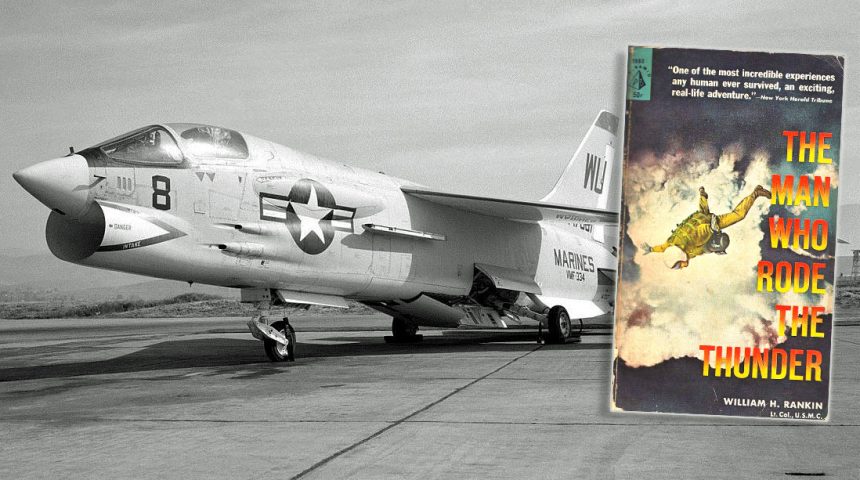Lt. Col. William Rankin Ejected From An F-8 Crusader in A Thunderstorm At 50,000 ft. The Next 40 Minutes is Legend.
If you grew up in the United States and are about my age, 58 years old, there are some enduring stories that shaped your life. There was the legend of Daniel Boone, the stories from John Boy Walton, there was a dog named Lassie, and every character played by John Wayne.
And then there was the incredible, real-life story of Lt. Col. William Rankin, The Man Who Rode The Thunder.
This story, perhaps more than any aviation story in my young life, hooked me. It resonated. It established pilots as heroes and aspirational characters. But even as much as the astonishing story itself, there is something intrinsically precious about the book and the influence it had on my life. There is a terrifyingly haunting resonance to “The Man Who Rode The Thunder”. Looking down from the altitude of five decades, it still awakens that wonder and terror. It is a time capsule into the wonder of youth and the all-consuming thrill and amazement of discovery. As we get older, things become less amazing. But this story still reaches that youthful astonishment in me. Even now.
Apparently, I’m not the only one. If you want to buy a copy of “The Man Who Rode The Thunder”, and I recommend you do, you’ll have to pay. Amazon lists used copies for up to $485 USD. I managed to find a copy on eBay for $110 plus shipping. The book originally sold for .50 cents. The value of the book has increased 970 times its original selling price. Something about this story grabs people.
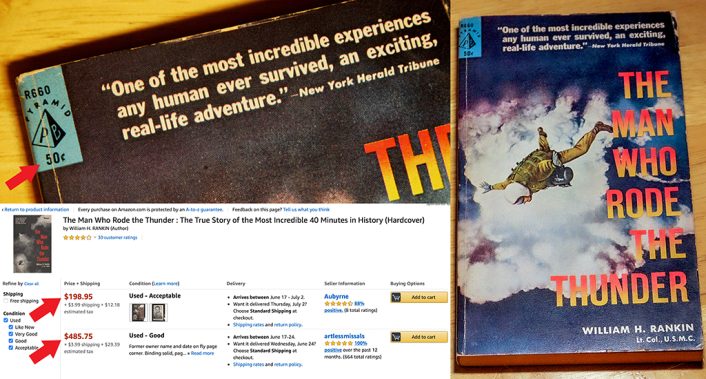
I first saw a summarized version of the story in Reader’s Digest magazine. I was 10 years old, a time when boys are forming their definition of what it means to be a man, a hero, a person to look up to. “The Man Who Rode The Thunder” was a story so coldly terrifying I could not imagine it- and I tried hard. I stood in the pouring rain looking straight up to try to feel what Lt. Col. William Rankin felt. I listened intently to every thunderstorm that passed. What if there was another pilot trapped up there? Since the day I picked up this book, the words “Severe Thunderstorm Warning” have never meant the same thing.
When I read the book in the Bryant Junior High School library, I thought it must have been the most terrifying thing a human could ever survive. And yet I was drawn to it in the very human way that it is difficult to look away from a horrible accident. I immediately asked my teacher, Mrs. Hawkins, if I could write a book report about it. She told me, “Yes”.
And so, I did.
In May of 1957, Lt. Col. William Rankin became commander of the first F-8U Crusader squadron in the Marines, Marine Fighter Squadron 122 (VMF-122). It was the first time the U.S. Marines had their own supersonic fighter, and it was the pinnacle of Marine aviation.
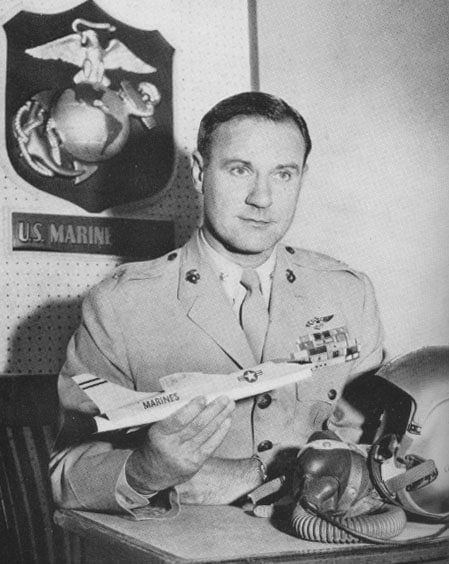
Here is what I wrote about “The Man Who Stole The Thunder” in my book report 48 years ago:
“On July 25, 1957, Lt. Col. Rankin accompanied Lt. Herb Nolan on a high-altitude navigational check ride in their two new Vought F8U Crusaders. The flight would take place in two phases on the 25th and then return on July 26. The first day’s leg of the training flight was normal, but the weather changed dramatically on Friday, July 26, 1957. Because of that change in the weather and an unlikely series of mechanical failures, a legend was born.”
As an aviation fan, you likely already remember that Lt. Col. Rankin suffered a rapid and bizarre series of mechanical failures at nearly 50,000 ft. that day. His engine fire warning light lit. He throttled back. It went out. The jet engine seized. Rankin immediately reached for the handle to deploy his emergency generator turbine. The handle snapped off in his hand. He lost all cockpit instrumentation. In only seconds, Rankin went from being a pilot to a passenger on his way to becoming an obituary.
And then, somewhere about nine miles above the earth and in a severe thunderstorm, he ejected from the lifeless corpse of his Crusader. But there was more to the story, the most bizarre of perhaps any aviation survival story in history: Rankin was trapped in the severe thunderstorm under his parachute for over 40 minutes, hurled upward thousands of feet by updrafts, hunted by lightning bolts, blasted with hail, deafened by thunder, and writhing in agony from high altitude decompression as he was almost torn apart by his own parachute harness.
Unlike famous radio host of the era, Paul Harvey, I won’t tell you, “… The reesssst of the story”. Lt. Col. William Rankin’s book, “The Man Who Rode The Thunder” (Pyramid Books/Prentice Hall; 1960) provides a time capsule insight into the details of aviation’s most remarkable bailout ordeal. You simply must read it.
Rankin tells the story without embellishment but in terrifyingly pragmatic candor. Rankin will describe the agony of decompression, the feel of near-supersonic jet blast on bare skin at -70° degrees Fahrenheit, and then it gets worse as he descends into the actual maelstrom of thunder and lightning.
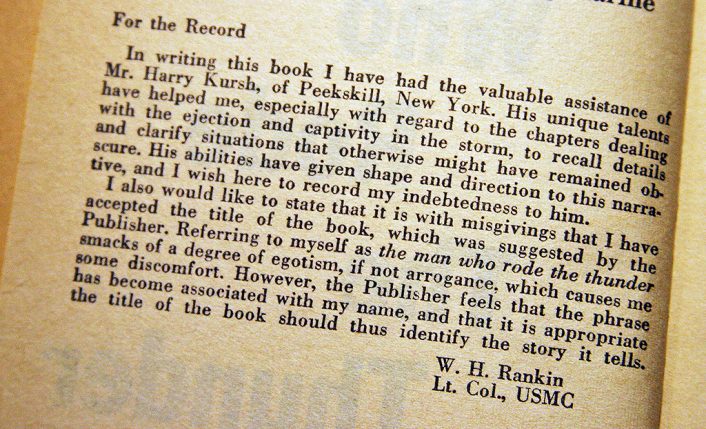
In a humble preface to the first edition Pyramid Books/Prentice Hall paperback published in 1960, Rankin wrote that he did not agree with the publisher’s choice for the title- that it was overly dramatic. It is this humility and down-home, “Aw shucks” candor that permeates his narrative, and leaves the depth of your imagination to try, in chilling terror, to imagine what it must have been like to be tossed for minutes on end, miles above the earth among lightning bolts at the mercy of a massive, seething maelstrom. I recall as a ten-year-old boy that if I thought about it too long, it became too terrifying.
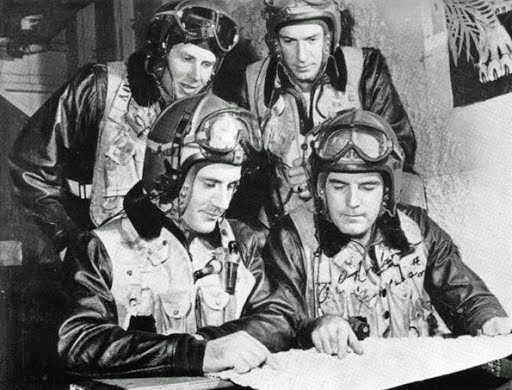
Even as I type this, I know that- thanks to Lt. Col. William Rankin, his book and Mrs. Hawkins – tonight my sleep will be haunted with the terrifying ordeal of surviving another ejection at 50,000 feet.

